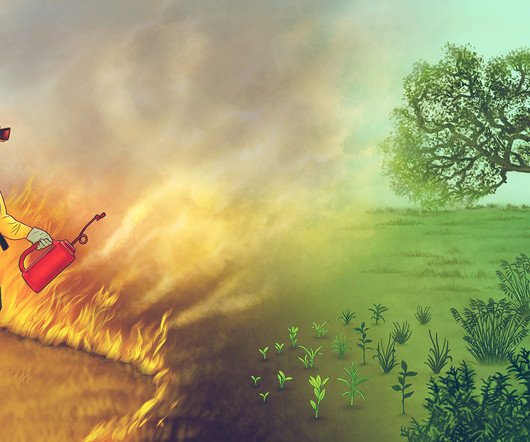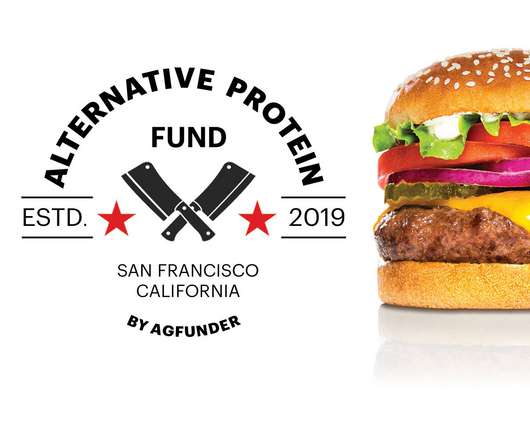Sustainable alternatives to garden lawns: Part 1
Low Impact
SEPTEMBER 29, 2020
From herbs to moss and more, we share a first instalment from our friends at Ethical.net about sustainable alternatives to garden lawns. In an eco-friendly, sustainable garden, you will usually want as many different plants as possible – but the right plants must be chosen for the right places. Photo by Douglas Bagg on Unsplash.















Let's personalize your content